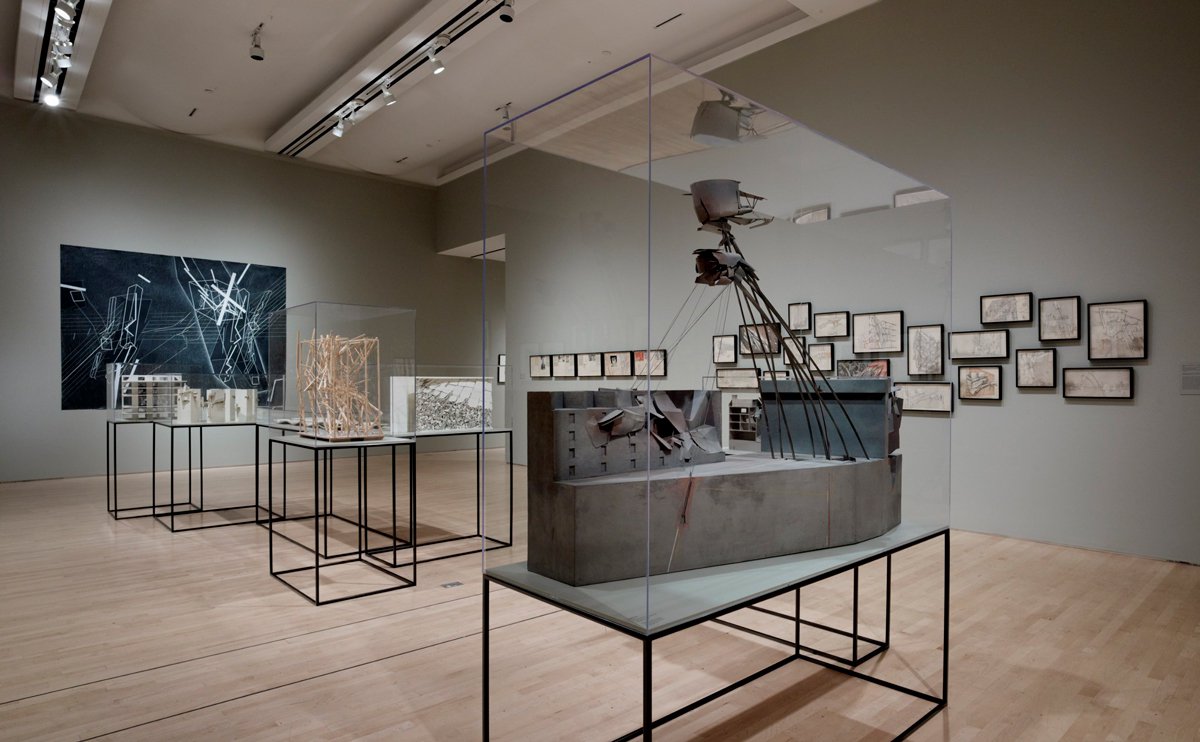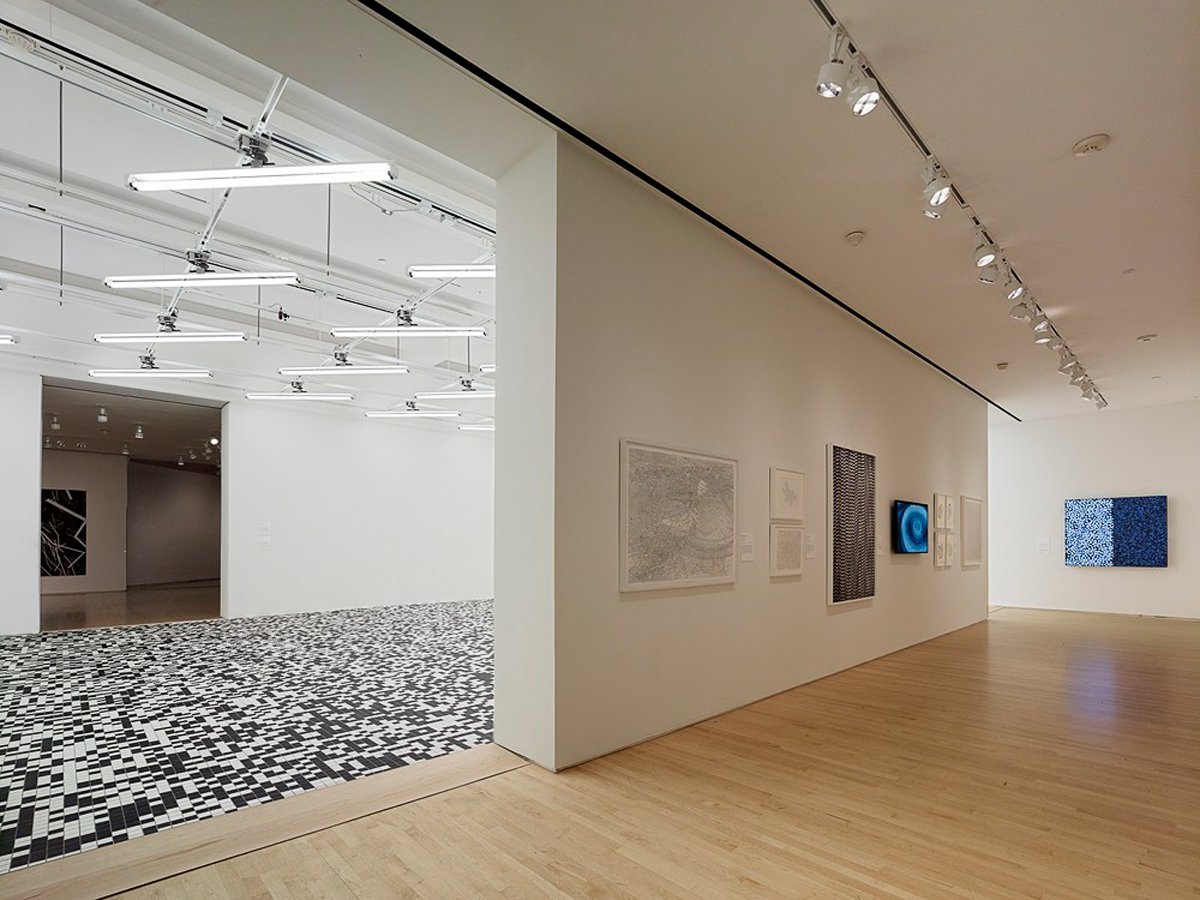Meet CCA MAAD HTX graduate Joseph Becker
David Gissen: I was hoping you could explain what you do as a curator of architecture and design at the San Francisco Museum of Art (SFMOMA)?
Joseph Becker: As a curator of architecture and design, within the context of a museum of modern and contemporary art, my role is to bring architecture and design ideas to a wide public audience that often has less engagement opportunities with architecture and design. One of my main responsibilities is to propose and implement exhibitions that focus on different topics across the diverse range of design disciplines, from conceptual architecture to product design, furniture, and almost everything in between. Right now at SFMOMA we have exhibitions that deal with the early conceptual development of our new Snøhetta-designed museum expansion, experimental practices in furniture-making, conceptual and visionary architecture, and an exhibition on graphic design that explores the disciplines evolution from a print-based medium towards more contemporary digital-based graphic and interface design.
DG: You have been involved with many exhibitions at SFMOMA. Aside from the ones currently on display, which ones have been the most important to you?
Joseph Becker: I’ve curated or contributed to over twenty exhibitions at SFMOMA, and there have been a few exhibitions that I have organized that I’ve been incredibly proud of because I see them as enabling and provoking very rich architectural ideas: one, an exhibition I co-curated with Jennifer Dunlop Fletcher, on the work of architect Lebbeus Woods and the other, titled Field Conditions, an exhibition I curated and that was the subject of my thesis at CCA for my MAAD degree. I think both of those exhibitions are so interesting to me because they enabled further investigation into design and architecture from a non-normative approach and allowed me to put forward design ideas that others can access, which hopefully resonates, challenges, and inspires.

Lebbeus Woods: Architect [All images copyright SFMOMA and Matthew Millman]
DG: You trained as a professional architect before deciding on a career as a curator. Can you explain what led you to become a curator?
Joseph Becker: My interest in getting my bArch was not necessarily in pursuing a typical form of professional practice. I quickly realized that I was interested in the dialogue and the discourse around architectural design, and especially in the ideas of conceptual and experimental practice. My role at the museum allows me an opportunity to continue to put forward ideas that are of personal interest, but it also affords the opportunity to increase the audience for ideas that I think are important in contemporary architecture. The exhibition Lebbeus Woods: Architect, is a great example of this: Woods is a well known architect within the architecture community, but a figure that the uninitiated might consider as defying the logic of architecture. His work deals almost exclusively with what we could call the un-buildable, or aspects of architecture that are potentially uncomfortable and overtly provocative. His architecture deals specifically with social hierarchies or political systems and not with the normative definition of buildings. We introduced the political motivations behind his visionary propositions and his constant questioning of what architecture could be. It was an honor to work on this exhibition, and introduce his work to a wider audience. I should also mention that the exhibition opened in the weeks following his passing, so it was a de facto primer on his work, and as such provided an entry point at crucial moment in architecture
DG: Your thesis at CCA’s MAAD HTX program was actually on the exhibition that you mentioned earlier, “Field Conditions,” that you curated at SFMOMA. Can you explain a little bit about that exhibition and your thesis?
Joseph Becker: I curated Field Conditions in 2011 and this for me was a really great opportunity to look at what I saw as a hybrid approach to spatial practice outside of the traditional notion of the architecture discipline. I’ve been motivated by architects and artists that have looked at space, the creation of space, the definition of space, and the articulation of space from differing perspectives, as there is often overlap and the blurring of disciplinary distinction becomes very interesting. Field Conditions continued ideas that were put forward in an essay by the architect Stan Allen, who looked at formal, logistical and organizational principles in spatial practice, but in his essay he pushed against the idea of the field as just a purely architectural form of expression. So Field Conditions, the exhibition, looked at work from artists and architects that dealt with issues of the boundary, repetition, infinity, solid and void and program. The field at its most basic sense is is a dynamic plane that things are in or on. And so, you can think of it as a spatial agent, but what I think the exhibition strives to say is that the field is a dimensional, expansive state without a specific scale that we experience as a viewer – either by looking, or occupying – and that experience is inherently architectural.

Field Conditions [All images copyright SFMOMA and Matthew Millman]
DG: Why did you choose to explore this subject within the MAAD degree at CCA and what did the degree enable you to do that was different than your normal professional work?
Joseph Becker: As an alumni of the undergraduate program and as a curator in San Francisco, I have a rich connection with the faculty at CCA. I’ve taught workshops and been invited as a juror for the architecture and design programs many times and and when the the MAAD degree was created I saw that as a potential avenue for me to rigorously investigate some of the ideas I explored in the Field Conditions exhibition, while developing my own curriculum to expand on my approach to those ideas.
I chose CCA’s MAAD degree because of my personal relationship with the school but also because of the flexibility that it afforded me to to really create my own program. The degree advanced my facility as a researcher, and offered opportunities to have high level critical conversations with my advisors and peers. Being a curator is a research-based practice, but you’re not always afforded a tremendous amount of time to develop depth around the subject area of a particular exhibition. This is one of the complicated aspects of being a curator: you have to be an expert on the topic at hand, but you’re not, because invariably somebody else within academia has done more specific research on that topic. The degree enabled me to explore ideas but with a level of academic depth that is more appropriate for a thesis than a public exhibition in a major museum. I think the MAAD HTX is a great program to advance the architecture discourse through design theory and exploratory critical practice and that’s really what graduate school is about!